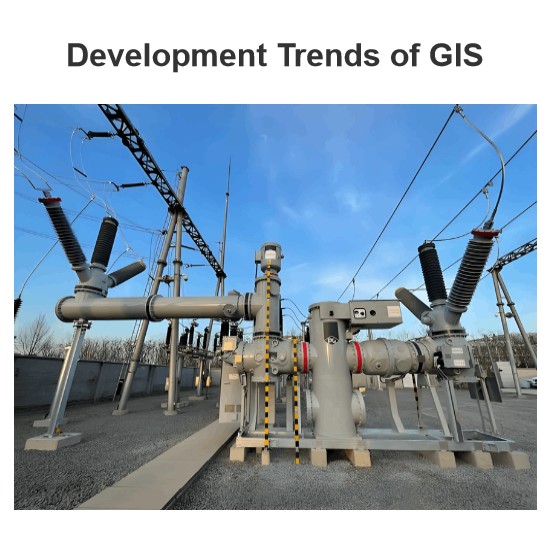What is GIS?
GIS device definition
GIS is the abbreviation of Gas Insulated Switchgear, which is generally translated as a gas insulated fully enclosed combination appliance, usually using SF6 gas as the insulating medium. Includes circuit breaker (CB), isolation switch (DS), ground switch (ES, FES), BUS (BUS), current transformer (CT), voltage transformer (VT), lightning arrester (LA) and other high voltage components. At present, GIS equipment products have covered the voltage range of 72.5 kV ~1200 kV.
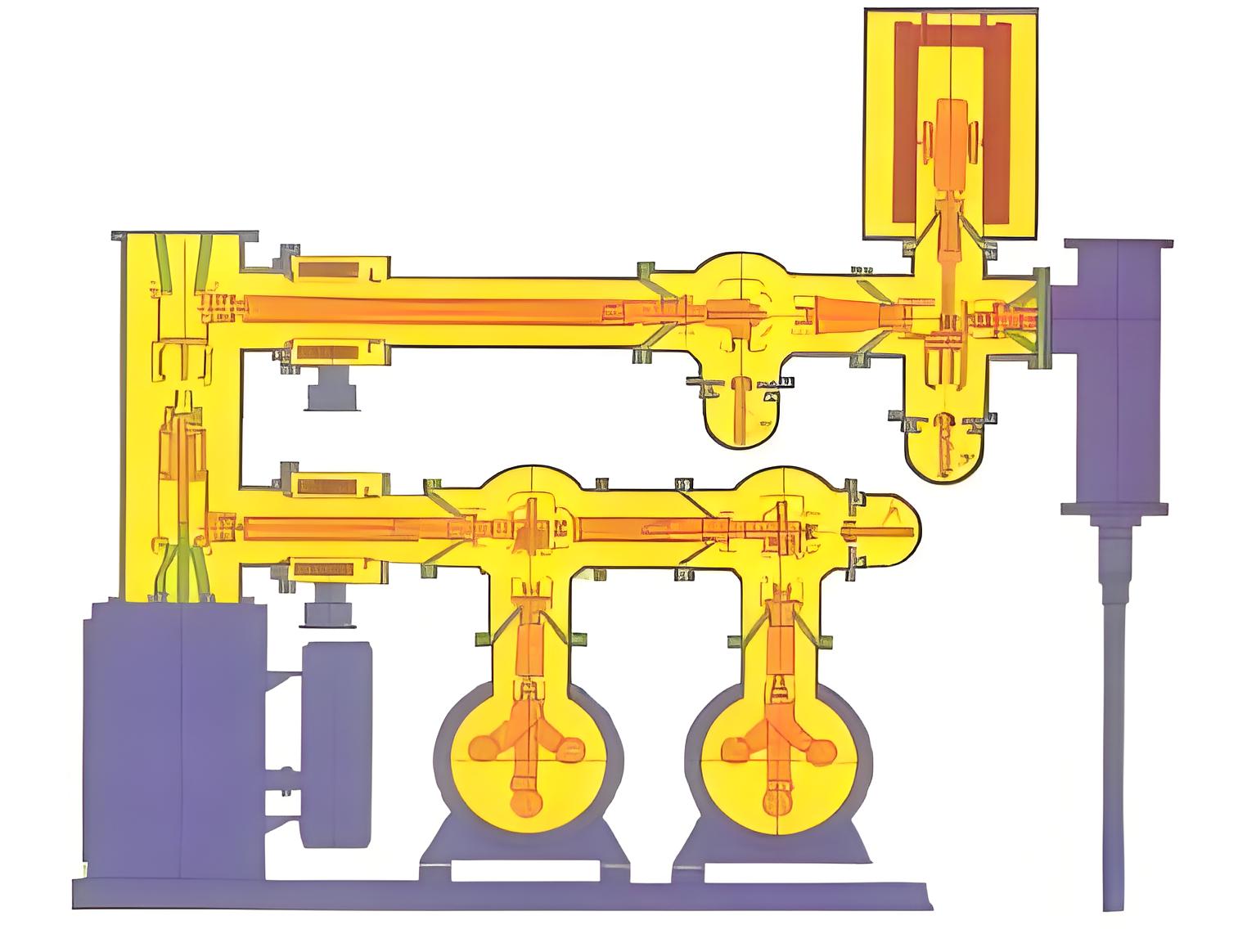
Characteristics of GIS equipment
Due to the excellent insulation performance, arc extinguishing performance and stability of SF6 gas, GIS equipment has the advantages of small footprint, strong arc extinguishing ability and high reliability. However, the insulation ability of SF6 gas is greatly affected by the uniformity of electric field, and insulation anomalies are prone to occur when there are tips or foreign objects in GIS.
GIS equipment adopts a completely closed structure, which brings the advantages of internal components free from environmental interference, long overhaul cycle, less maintenance work, low electromagnetic interference, and at the same time, there are also problems such as complex single overhaul work and relatively poor detection means, and when the closed structure is eroded by the external environment, it will further bring a series of problems such as water intake and air leakage.
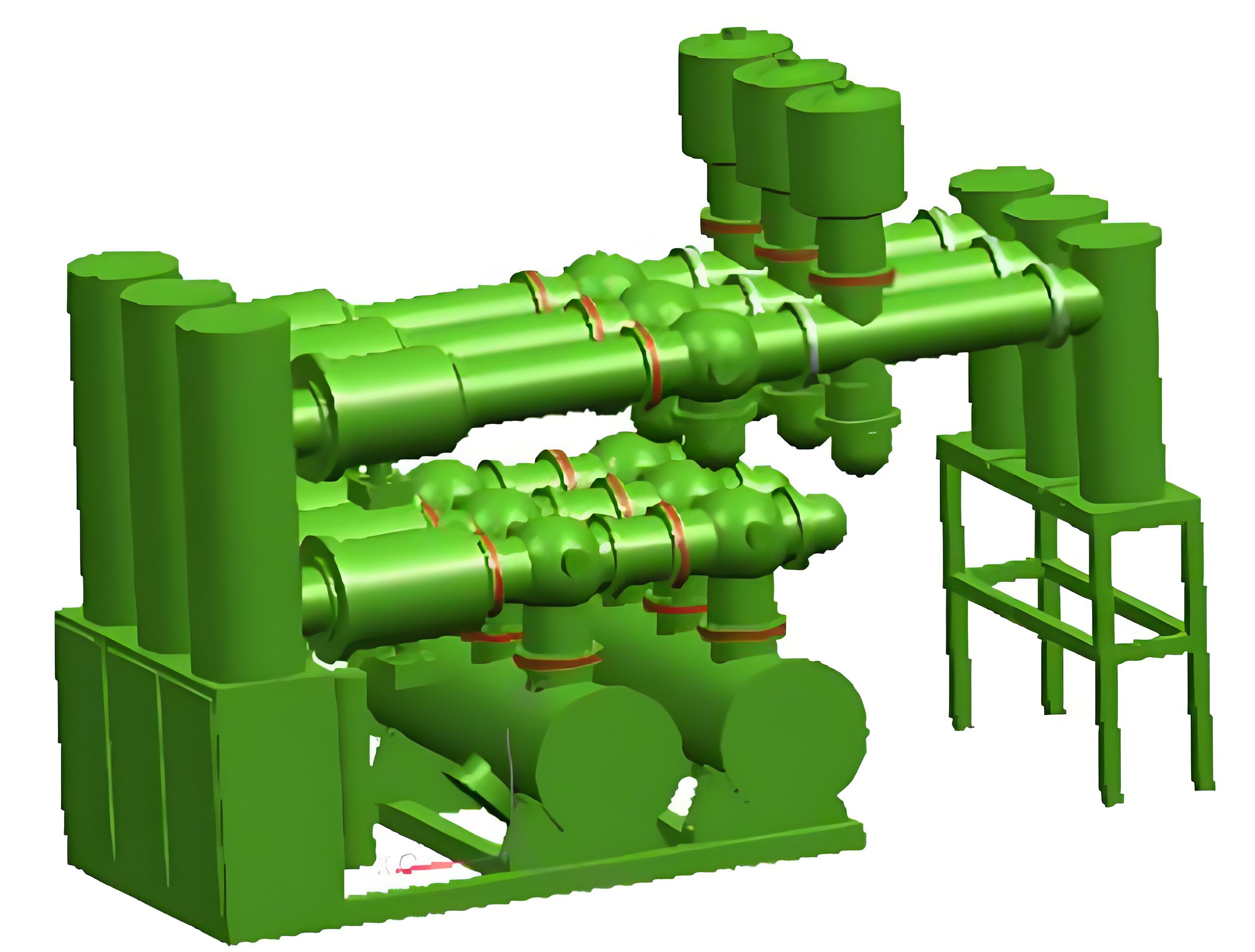
The internal structure of GIS devices
The conductive loop of GIS is composed of several components. According to the working method, it can be generally divided into: fixed contact (electrical contact fastened with fasteners such as screws is called fixed contact, and fixed contact has no relative movement during the working process. Such as the connection between the contact and the basin, etc.), contact contact (the electrical contact that can be separated during the working process is also called separable contact), sliding and rolling contact (during the working process, the contacts can slide or roll each other, but the electrical contact that cannot be separated is called sliding and rolling contact. The middle contact of the switchgear is the use of this electrical contact).
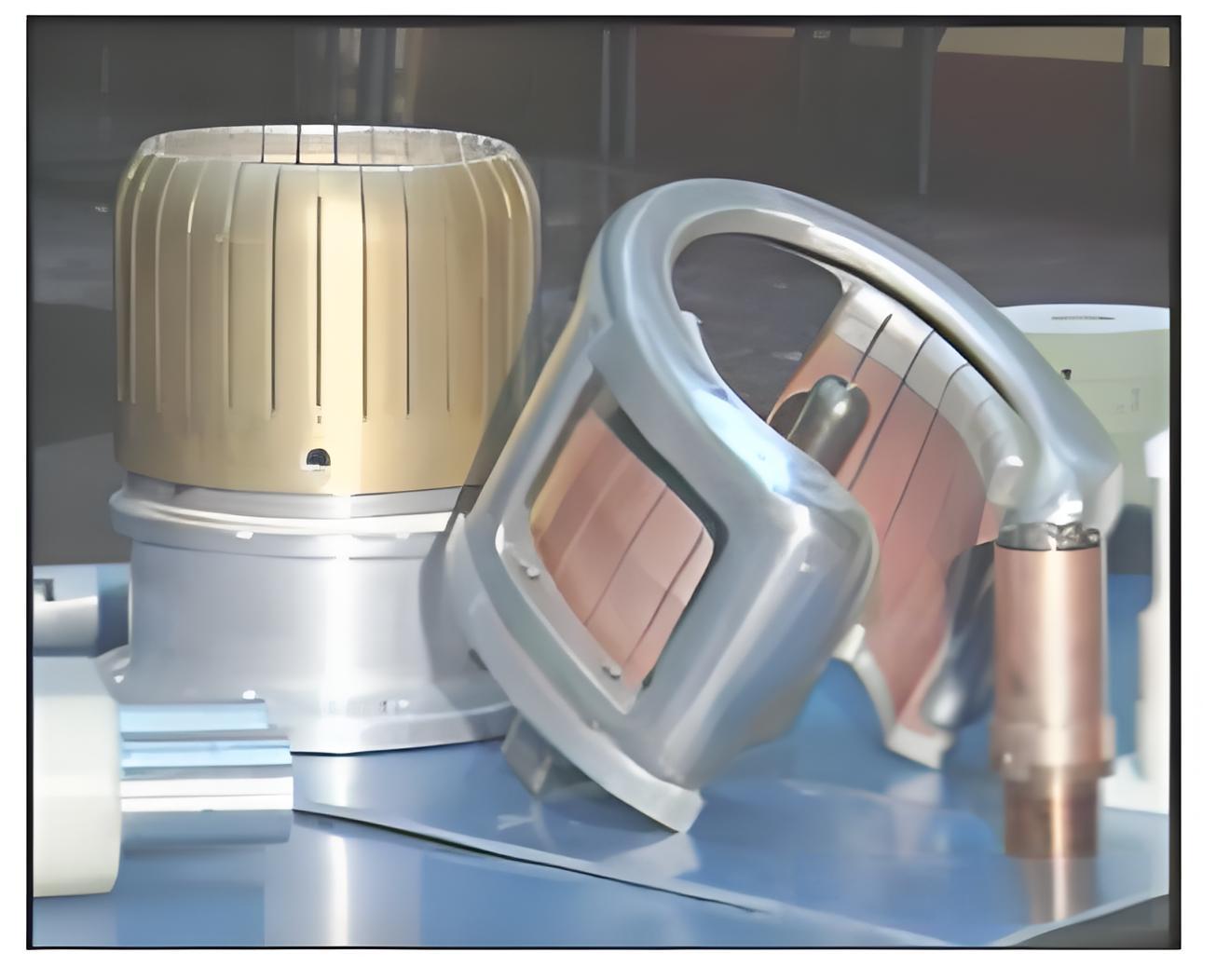
Apply
GIS substation
Sulfur hexafluoride closed combination electrical appliances, internationally known as "Gas insulated Switchgear" (Gas lnsulated Switchgear) referred to as GIS, it will be a substation in addition to the transformer in the primary equipment, Including circuit breaker, isolation switch, ground switch, voltage transformer, current transformer, lightning arrester, bus, cable terminal, inlet and outlet line bushing, optimized design organically combined into a whole. In addition to GIS, there is a HGIS, designed for harsher environments, due to the relative GIS less bus, bus pressure change, lightning arrester and other equipment, especially the bus, the use of more flexible.
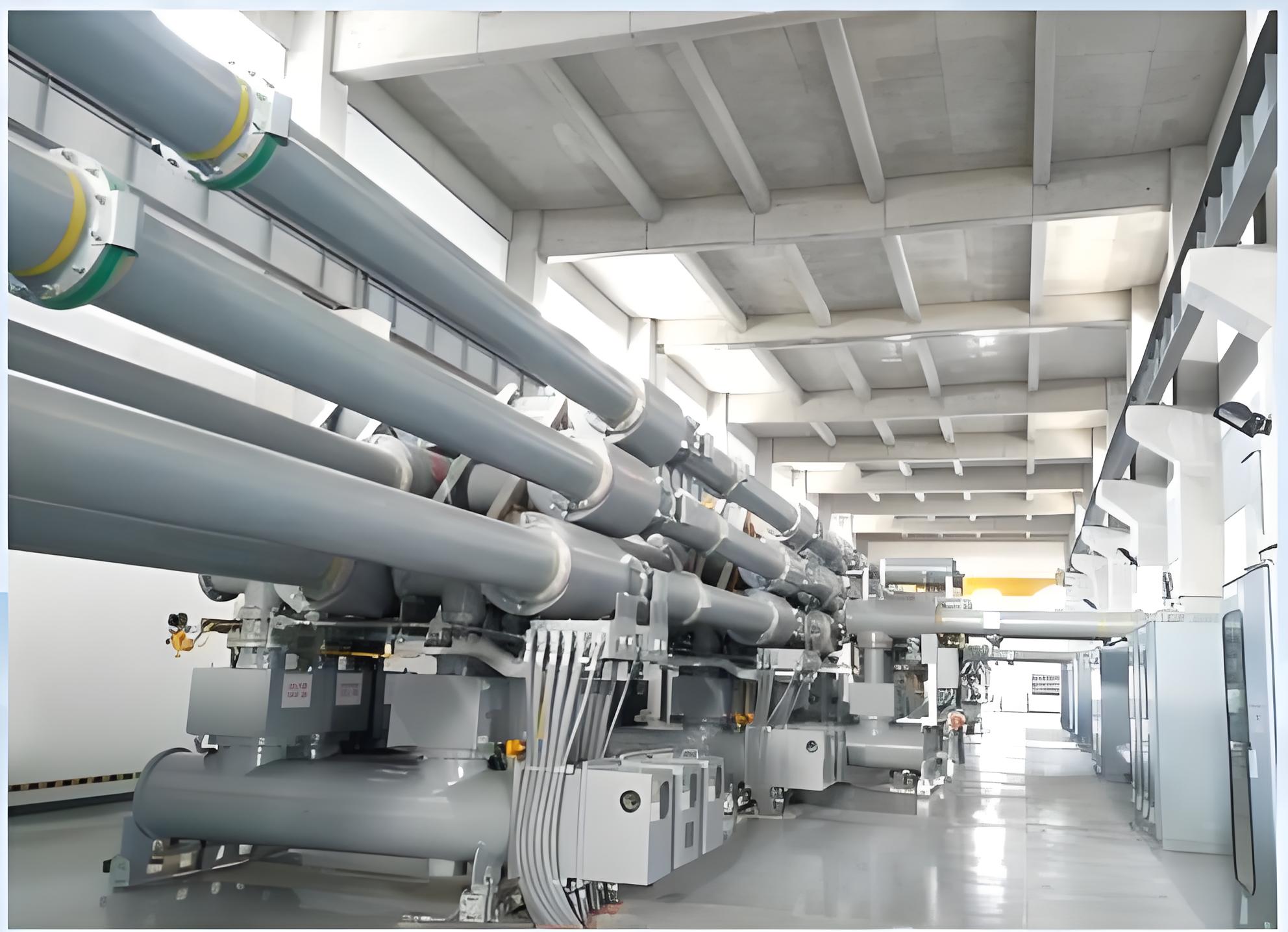
Advantage
Miniaturization: SF6 gas with excellent insulation performance is used as insulation and arc extinguishing medium, which greatly reduces the volume of substation.
High reliability: the live parts are all sealed in inert SF6 gas, which improves the reliability of the substation.
Good safety: the live part is sealed in the grounded metal housing, so there is no risk of electric shock. SF6 gas is a non-burning gas, so there is no fire hazard.
Eliminate adverse effects on the outside: the live part is closed with a metal shell, shielding electromagnetic and static electricity, low noise, strong anti-radio interference ability.
Short installation cycle: The realization of miniaturization makes the whole machine assembly and test qualified in the factory, can be shipped to the site in the form of units or intervals, so it can shorten the site installation period, but also improve reliability.
Easy maintenance, short maintenance time: because of its reasonable structure layout and advanced arc extinguishing system, it greatly improves the service life of the product, so the maintenance cycle is long, the maintenance workload is small, and because of miniaturization, low from the ground, it is convenient for daily maintenance.
Sort
GIS can be divided into outdoor type and indoor type according to the installation location.
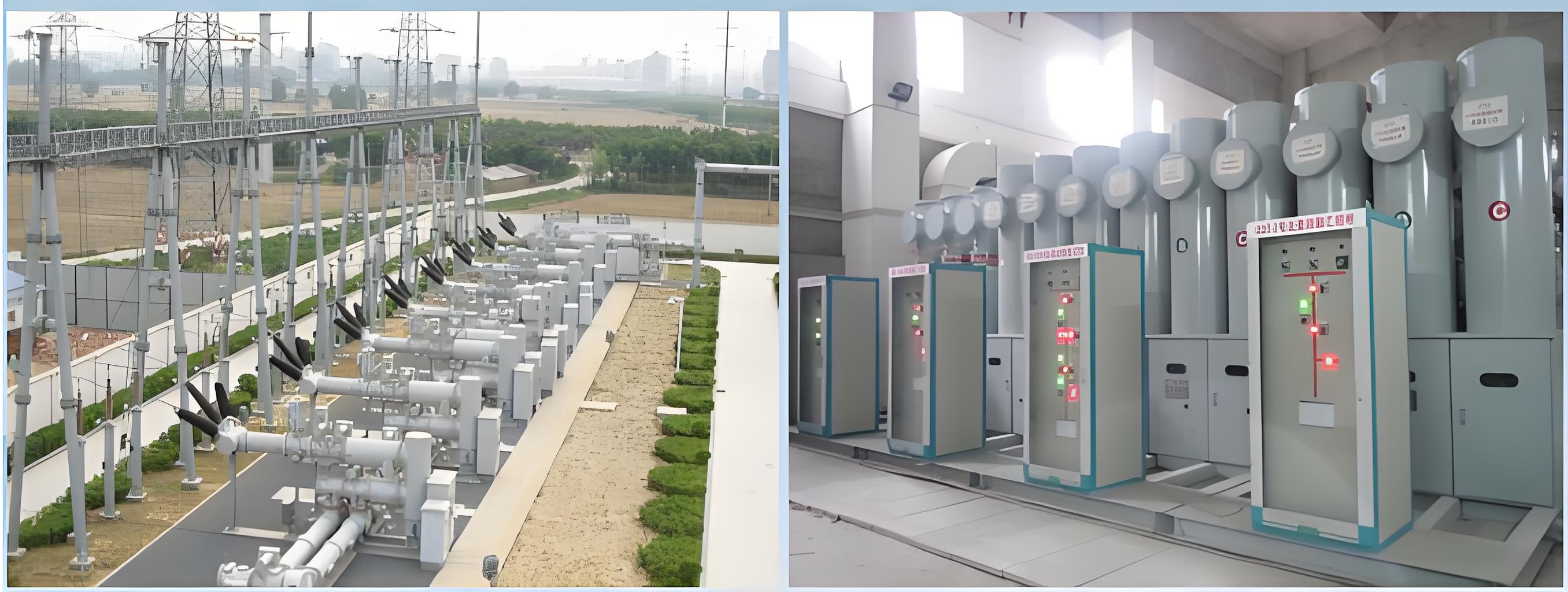
GIS can generally be divided into two forms: single-phase single-cylinder and three-phase common cylinder. The 110kV voltage level and the bus bar can be made into a three-phase common cylinder type, and a single-phase single cylinder type is used for 220kV and above.
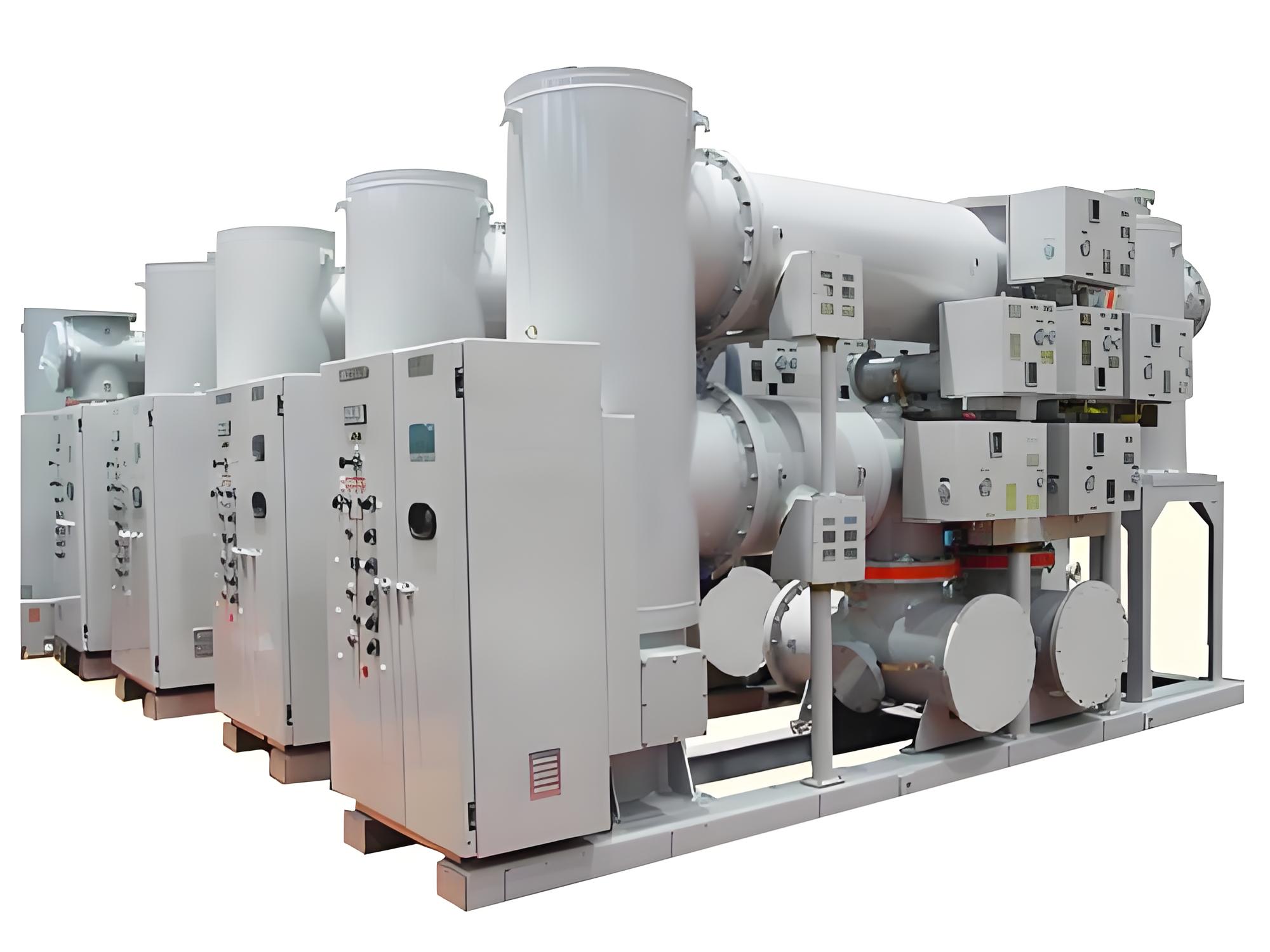
Operating principle
In normal cases, the circuit breaker and isolation switch of the GIS device are mainly operated in the remote area. The circuit breaker and isolation switch are enabled in the remote/local area to focus on the remote location.
The ground switch of a GIS device can be operated only in the local area. When you operate the ground switch, switch the switchblade/ground knife to the remote/local area.
In any case, only the program operation can be carried out, the "interlock release switch" on the wire control cabinet must be in the "interlock" position, and its unlock key and the computer anti-misunderstanding lock key are sealed together and used in accordance with the same provisions
Operational requirement
Indoor SF6 equipment room frequently entered by operators: ventilation at least once per shift for 15 minutes, the air exchange volume should be greater than 3-5 times the air volume, and the air outlet should be installed in the lower part of the room; Equipment places that are not frequented by operators: ventilate for 15 minutes before entering.
For the parts easily touched by operation and maintenance personnel, under normal circumstances, the induced voltage on the shell and frame should not exceed 36V.
Temperature rise: the part easily touched by the operator should not exceed 30K; The part easily touched by the operator but not touched during operation should not exceed 40K; Individual parts not easily accessible by the operator should not exceed 65K.
SF6 switchgear inspection, at least once a day, unattended substation inspection according to regulations. During the inspection, the main inspection is to check the appearance, whether the equipment is abnormal, and make a record.
The Electricity Encyclopedia is dedicated to accelerating the dissemination and application of electricity knowledge and adding impetus to the development and innovation of the electricity industry.
